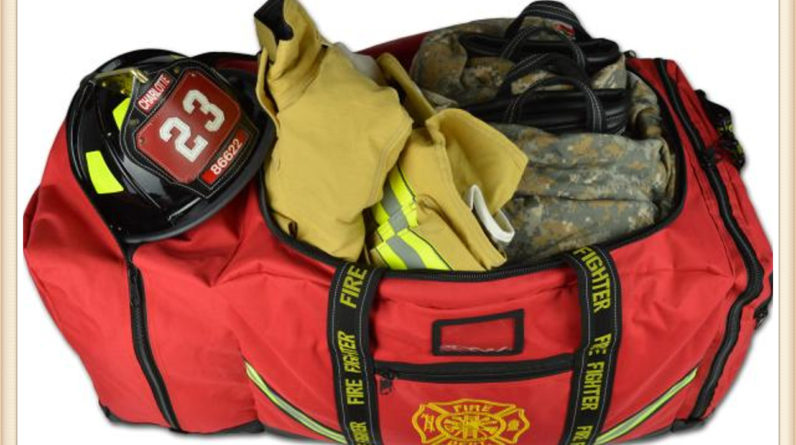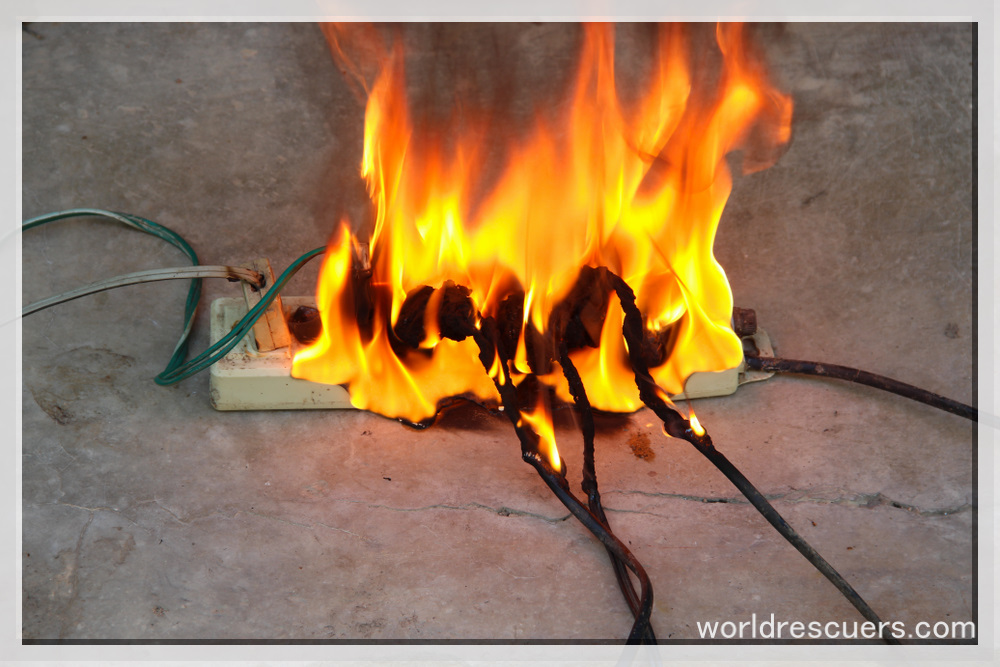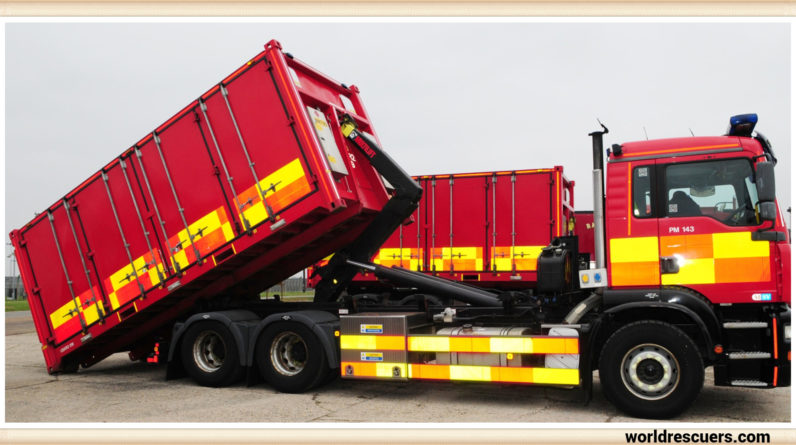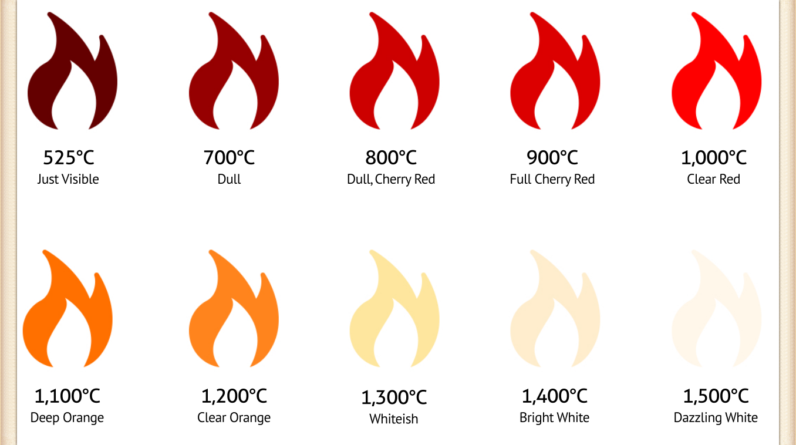
Conclusion
In conclusion, the temperature of fire is a complex and dynamic phenomenon that goes beyond the visible flames. It is influenced by a range of factors, including fire humidity, which plays a pivotal role in fire behavior. Understanding this intricate relationship is essential for firefighting, wildfire management, and industrial processes. This article has illuminated the depths of this subject, providing valuable insights into the fascinating world of fire science.
Fire has been both a marvel and a mystery throughout human history. The question that often arises is, “What is the temperature of fire?” This article delves into the depths of fire science, uncovering the secrets behind the temperature and exploring the intriguing role played by fire humidity in this phenomenon.
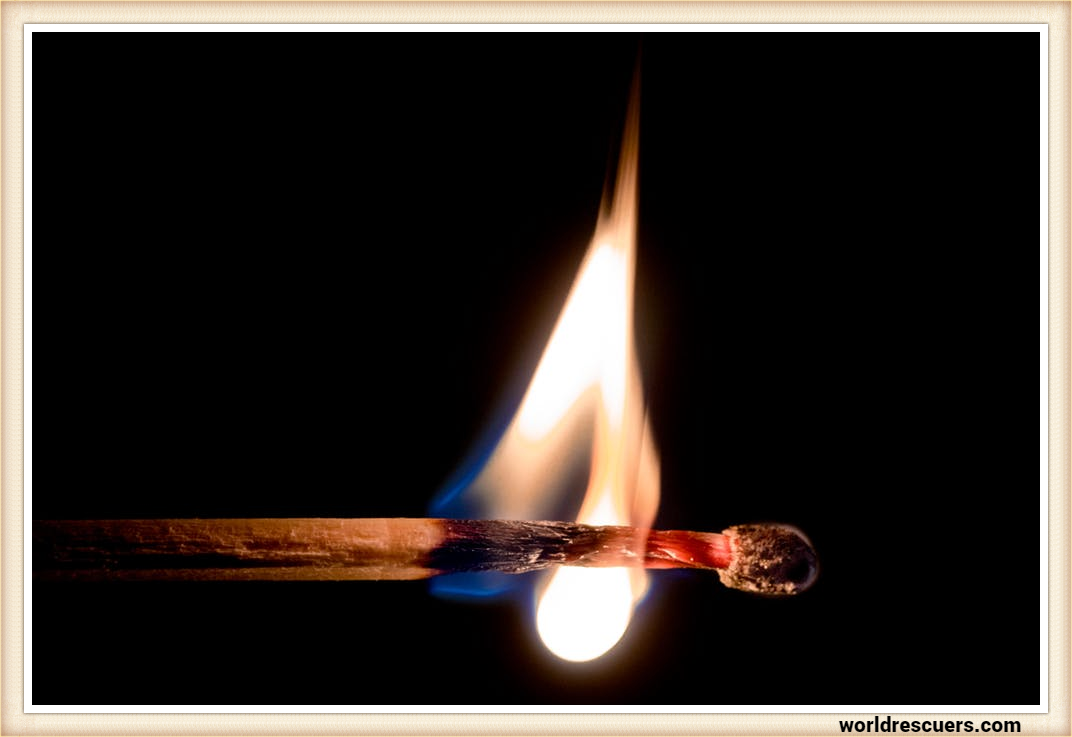
The Enigma of Temperature of Fire
The temperature of fire is a measure of the intense heat generated during combustion. It is a critical parameter that varies significantly depending on various factors, including the type of fuel, the availability of oxygen, and external conditions. To comprehend the temperature of fire fully, one must look beyond the visible flames and into the heart of the combustion process.
The Hottest Part of Fire
Contrary to popular belief, the hottest part of a fire is not within the flames themselves but in an area just above them. This region, known as the “flame zone” or the “plume,” is where combustion is most intense, and temperatures can reach astonishing levels. In this zone, the temperature of fire can exceed 1,832 degrees Fahrenheit (1,000 degrees Celsius), depending on the specific conditions.
Understanding Fire Humidity
While the temperature of fire is a well-studied aspect, the influence of fire humidity on this phenomenon is equally significant. Humidity relates to the moisture content in the air and its impact on fire behavior. The level of humidity in the environment plays a crucial role in shaping how fires ignite and spread.
The Symbiotic Relationship
The connection between the temperature of fire and humidity is symbiotic. In areas with low humidity, fires tend to burn hotter and more fiercely. The reduced moisture content in both the air and the fuel makes combustion more rapid and intense. Conversely, higher humidity levels can moderate the intensity of a fire, making it somewhat more manageable.
Measuring and Monitoring
To comprehend the interplay between the temperature and humidity, precise measurement and monitoring are essential. Firefighters and scientists use specialized equipment, including temperature sensors and humidity meters, to gather data during incidents. This information is crucial for predicting fire behavior and developing effective firefighting strategies.
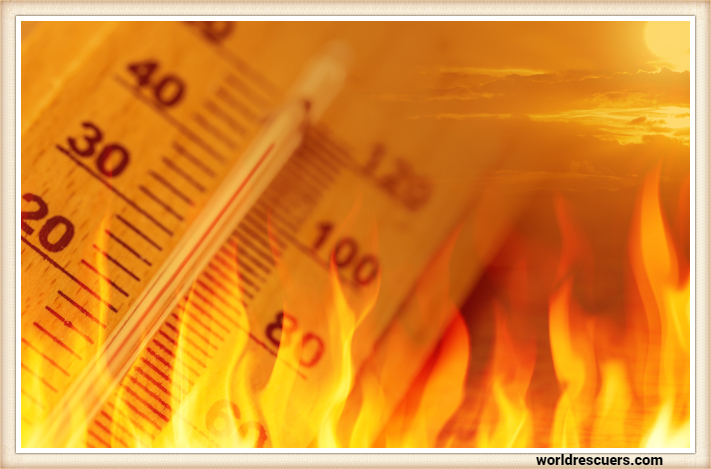
Practical Implications
The knowledge of the temperature and the influence of humidity have practical applications in various fields:
- Firefighting: Understanding these factors is crucial for the safety and effectiveness of firefighting operations. It enables firefighters to make informed decisions and protect lives and property.
- Wildfire Management: In regions prone to wildfires, considering both temperature and humidity is essential for assessing fire risk and implementing preventive measures.
- Industrial Processes: Industries involved in combustion processes, such as manufacturing and power generation, rely on precise temperature and humidity control for efficiency and safety.
Firefighters classify temperatures and prepare differently for various types of fires based on the characteristics of the fire and its associated risks. Fire classification typically takes into account the fuel source, the intensity of the fire, and the potential hazards it presents. Here’s how firefighters classify temperatures and tailor their preparations for different types of fires:
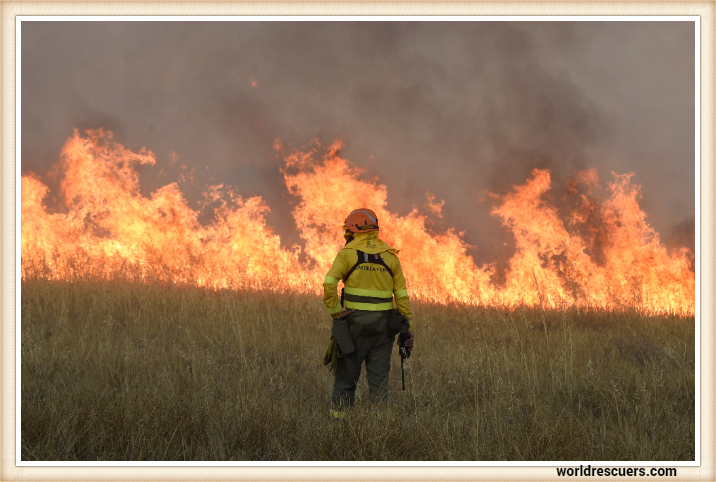
Fire Classification by Temperature:
Low-Temperature Fires:
- These fires are characterized by relatively lower temperatures.
- Fuel sources may include materials like paper, cardboard, and some plastics.
- Firefighters can typically approach these fires with standard protective gear and equipment, such as firefighting suits and hoses.
Medium-Temperature Fires:
- These fires involve moderately higher temperatures.
- Common fuel sources include wood, textiles, and some chemicals.
- Firefighters may require additional protective gear, such as heat-resistant clothing, to handle these fires safely.
High-Temperature Fires:
- High-temperature fires reach elevated temperatures and pose greater risks.
- Fuel sources often include flammable liquids, gases, and certain industrial materials.
- Firefighters must wear specialized gear, including flame-resistant suits and self-contained breathing apparatus (SCBA), to combat these fires effectively.
ALSO, FOLLOW US ON FACEBOOK
FAQ’s
What is the temperature of a natural fire?
The temperature of a natural fire can vary widely but often exceeds 1,832 degrees Fahrenheit (1,000 degrees Celsius) in the hottest part of the flame zone.
What is the hottest temperature of fire?
The hottest temperature of fire can reach over 1,832 degrees Fahrenheit (1,000 degrees Celsius) in the flame zone.
What is the coldest possible fire?
The coldest possible fire, in practical terms, occurs at or slightly above room temperature, but it is not a true fire in the traditional sense as it lacks combustion and intense heat.
What temperature is a white fire?
A white fire can reach temperatures of around 1,800 to 2,200 degrees Celsius (3,272 to 3,992 degrees Fahrenheit).
Highly trained Assistant Fire Chief dedicated to public safety and awareness for the past 16 years. Effective leader who remains steady during times of emergency, while directing and motivating team members throughout crises.


